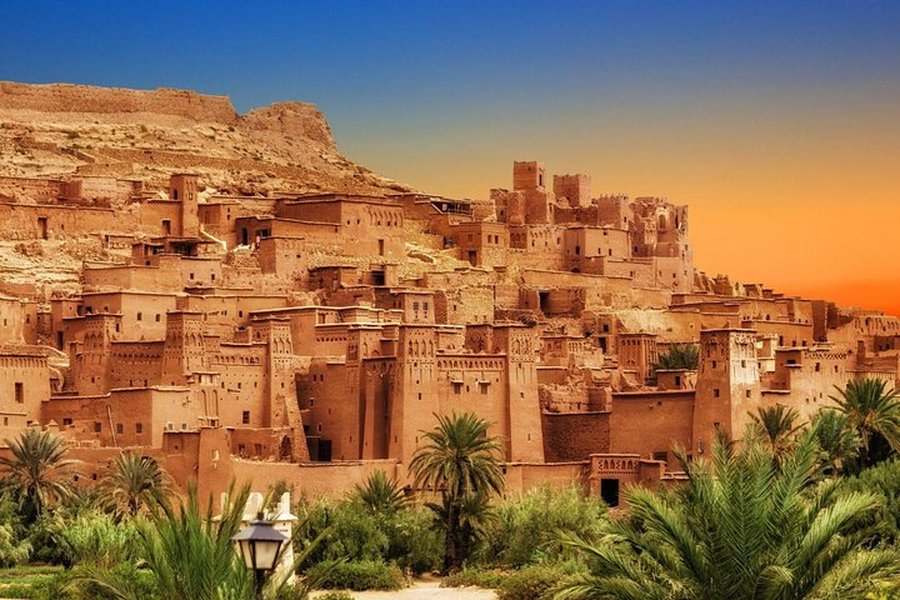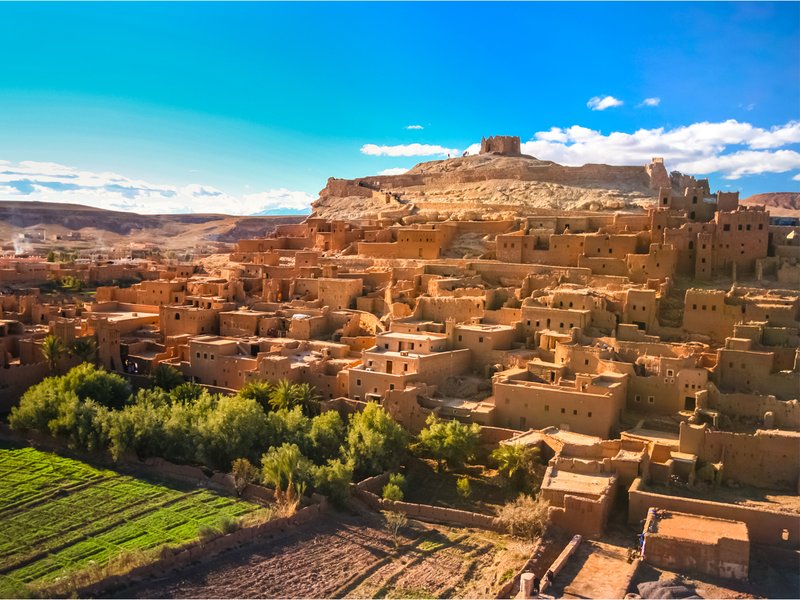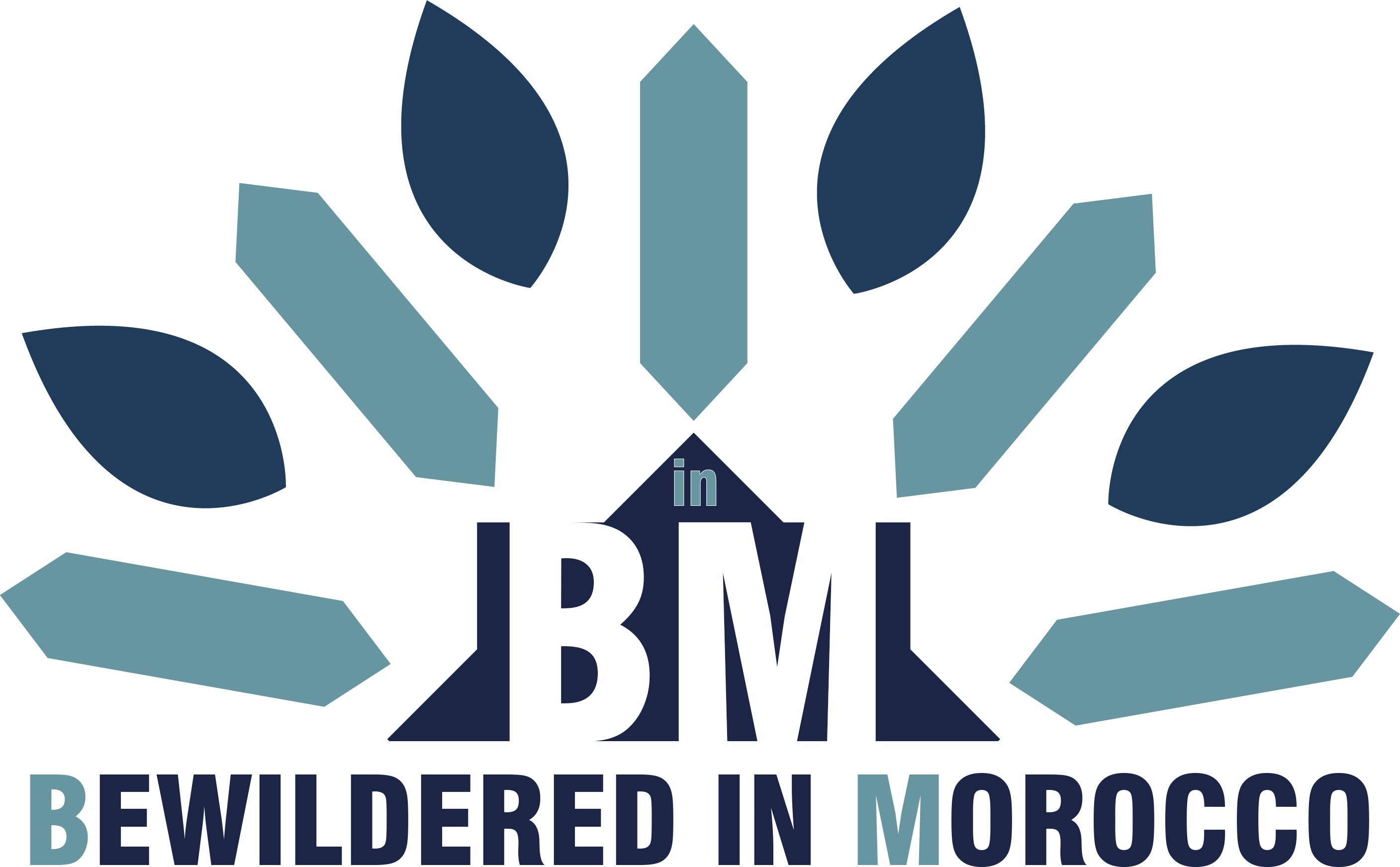
When I first set eyes on Aït Ben Haddou, rising from the Ounila Valley like a sandcastle frozen in time, I understood why this place has captivated travelers for centuries. The ancient mud-brick towers glowed amber in the afternoon sun, and I could almost hear the echoes of camel caravans that once stopped here on their journey across the Sahara.
Aït Ben Haddou isn't just another tourist stop—it's a living piece of Moroccan history. This UNESCO World Heritage site has stood for nearly a thousand years, surviving desert winds, rare floods, and the passage of countless travelers. Today, I want to share everything you need to know about visiting this incredible place, from getting there to finding the best sunset spots.
Getting to Aït Ben Haddou: Your Journey Starts Here

The journey to Aït Ben Haddou is half the adventure. Most visitors come from Marrakech, and trust me, you'll want your camera ready for this drive.
The Marrakech Route: Through the Atlas Mountains
The road from Marrakech takes about 4 to 5 hours, winding through the High Atlas Mountains via the Tizi n'Tichka Pass. At over 2,260 meters high, this mountain pass offers views that will take your breath away—literally, because of the altitude! You'll watch the landscape transform from green valleys to rocky peaks, then down into the desert plains.
I once made this drive on a misty morning. The clouds hung between the mountain peaks like cotton, and as we climbed higher, the world below disappeared. When the mist finally cleared, the view stretched for miles. Pack some snacks and water for the journey—there are roadside stops, but it's good to be prepared.
Your transport options:
Organized tours are the easiest choice. Many companies run day trips that combine Aït Ben Haddou with other stops like Ouarzazate or the Atlas Film Studios. You get transportation and a guide who knows the area's stories.
Private car hire gives you freedom. Want to stop for photos at that perfect viewpoint? Take your time. Prefer to skip the tourist crowds? Leave early or stay late. This option works well if you like controlling your schedule.
Public buses suit budget travelers. Take a Supratours or CTM bus from Marrakech to Ouarzazate, then catch a shared taxi or local bus to Aït Ben Haddou. It takes longer and requires patience, but you'll meet locals and save money.
Coming from Ouarzazate
Already in Ouarzazate? You're just 30 minutes away! A taxi is your best bet—agree on the price before you leave. Expect to pay around 150-200 MAD, depending on your bargaining skills. Ouarzazate sits at the gateway to the desert, so this short trip takes you even deeper into Morocco's ancient landscapes.
When to Visit: Timing Your Trip Right
Morocco's weather changes dramatically with the seasons, and picking the right time makes a huge difference to your experience.
Spring (March to May) is magical. The weather stays warm without the brutal summer heat, and the Ounila Valley turns green. The contrast between the fresh vegetation and the red-brown ksar creates incredible photos. I love visiting in April when wildflowers dot the hillsides.
Autumn (September to November) offers similar comfort. Summer's heat has faded, making walks through the ksar pleasant. The light turns golden earlier in the afternoon—photographers, take note!
Winter (December to February) brings fewer tourists and mild days, though nights get cold. I've seen frost on the rooftops in January mornings. If you don't mind cooler temperatures and want the place mostly to yourself, winter works well.
Summer (June to August) gets extremely hot—we're talking 40°C and above. The ksar's mud walls absorb heat, and climbing to the granary becomes challenging. Hotels drop their prices, but think carefully before visiting in peak summer.
Exploring the Ksar: Where History Lives
Walking into Aït Ben Haddou feels like stepping through a portal. The narrow alleys wind between earthen buildings that have stood since the 11th century. This fortified village was built to protect against both the elements and enemies, with thick walls that keep the interior cool even on scorching days.
The Heart of the Village
As you wander the streets, you'll pass traditional kasbahs (fortified homes), a small mosque, and a public square. Some buildings show their age with crumbling walls, while others have been carefully restored. A few families still live here, maintaining their ancestors' way of life.
I love finding quiet corners where sunlight streams through wooden beams, creating patterns on the mud walls. In one narrow passage, I met an old craftsman working on traditional carpets. We shared tea, and he told me stories about growing up in the ksar. These moments—not just the famous views—make Aït Ben Haddou special.
Climb to the Granary
Don't miss the climb to the old granary at the ksar's highest point. Yes, it's steep. Yes, you'll be breathing hard. But the panoramic view rewards every step. From the top, you can see the entire fortified village spreading below you, with the modern village across the Ounila River and mountains rising in the distance.
The best time? Sunrise or sunset. The changing light transforms the ksar's color from pale rose to deep orange to rich amber. Bring water and wear sturdy shoes—the path is uneven and rocky in places.
Local Art and Culture
Several cooperatives and galleries operate within the ksar. The local Amazigh women create beautiful woven goods and pottery using traditional methods passed down through generations. At Galerie Tiwirga, you can see contemporary art inspired by the region's heritage.
The House of Orality (Maison de l'Oralité) preserves Amazigh oral traditions through storytelling and cultural programs. It's a quieter attraction but offers deep insights into the people who built and maintained this place for centuries.
Crossing the River
The Ounila River separates the ancient ksar from the modern village. During dry seasons, you can hop across on stepping stones—kids love this part! There's also a pedestrian bridge built in 2011 for easier crossing year-round. On hot days, locals sometimes cool off in the shallow water.
Beyond the Walls: More to Discover
Horseback Riding
Want to experience Aït Ben Haddou like traders did centuries ago? Several local stables offer horseback rides around the ksar and through the surrounding hills. Trotting past ancient buildings on horseback connects you to the site's history in a visceral way. I tried this once and loved how the horse's hoofbeats echoed off the old walls.
Film Studios in Ouarzazate
Movie fans shouldn't miss the Atlas Film Studios in nearby Ouarzazate. This region—nicknamed "Morocco's Hollywood"—has hosted productions like Gladiator, The Mummy, and Game of Thrones. You can tour the sets and see where epic scenes were filmed. It adds context to Aït Ben Haddou's own cinematic history.
Practical Tips for Your Visit
Entrance and Fees
Technically, Aït Ben Haddou has no entrance fee. However, locals may ask for about 20 MAD for maintenance or access to certain paths. This supports the community rather than being an official charge. A friendly attitude and clear communication handle most situations smoothly.
Staying Overnight
Day trips work, but staying overnight reveals Aït Ben Haddou's true magic. Imagine sitting on a rooftop terrace as stars fill the sky above the illuminated ksar, or watching sunrise without crowds. That peaceful morning light is something special.
You can stay in guesthouses within the ksar for an authentic experience, or choose hotels in the modern village with more amenities. I once spent an evening on a rooftop, drinking mint tea as the stars appeared one by one. The silence was profound—just wind and the occasional dog barking. No day trip can capture that.
Hiring a Guide
You can explore independently, but a local guide enriches the experience tremendously. They share historical stories, point out architectural details you'd otherwise miss, and explain Amazigh cultural traditions. For a small tip, you gain hours of knowledge. A guide once showed me exactly where crews filmed specific Gladiator scenes, bringing those ancient walls to life with modern stories.
What to Wear and Bring
Dress comfortably and respectfully. Light, breathable clothes work best, especially in warmer months. You'll be walking on uneven ground and climbing stairs, so wear sturdy shoes with good grip. Don't forget a hat, sunglasses, and sunscreen—the desert sun is intense. Bring water, especially if visiting in summer.
The Story Behind the Stones
Aït Ben Haddou's history stretches back to at least the 11th century, possibly to the Almoravid period. It served as a crucial trading post on the trans-Saharan caravan route connecting Marrakech to the Sahara Desert. Merchants moved gold, silver, salt, and spices through here, making it a hub of commerce and culture.
The village takes its name from Ben Haddou, a tribal chief, or possibly from Amghar Benhaddou, an 11th-century governor. The exact origin remains debated, but the name honors the local leaders who shaped this community.
The architecture represents the genius of pre-Saharan building techniques. Every structure uses earthen clay, straw, and wood—materials naturally suited to the harsh desert climate. Thick walls provide insulation against extreme heat, while small windows limit sun exposure. The entire ksar functions as a fortress, designed to protect families and goods from raids and sandstorms.
UNESCO recognized Aït Ben Haddou as a World Heritage Site in 1987, acknowledging its exceptional preservation and cultural importance. While many residents moved to the modern village for easier access to water and electricity, some families remain in the old ksar, keeping traditions alive.
Your Questions Answered
Is it really free to enter?Yes, though locals may request a small maintenance fee of around 20 MAD. It's not mandatory but supports the community.
How long should I spend here?Give yourself at least 3-4 hours to properly explore, climb to the viewpoint, and visit local shops. Staying overnight is even better.
Can I visit without joining a tour?Absolutely! Public buses run to Ouarzazate, then you can take a shared taxi. Or hire a private car for more flexibility.
What if I've never seen Game of Thrones?No problem! The ksar's historical significance, unique architecture, and Amazigh culture make it worthwhile regardless of its film connections.
Experience the Timeless
Aït Ben Haddou represents more than mud walls and ancient streets. It's a testament to human resilience, architectural brilliance, and cultural preservation. Walking through its passages, you touch centuries of history—from medieval traders to modern filmmakers, from tribal chiefs to today's artisans.
The ksar has survived nearly a thousand years of desert conditions. It's seen empires rise and fall, witnessed the age of caravans give way to the age of cameras, and continues adapting while honoring its roots.
Whether you come for the stunning views, the rich history, the traditional crafts, or simply the adventure, Aït Ben Haddou offers something unforgettable. Take your time, talk to locals, climb to the top, and let this ancient place share its stories with you.
Have you visited Aït Ben Haddou? What was your favorite moment there? Or if you're planning a trip, what are you most excited to see? Share your thoughts in the comments below—I'd love to hear from you!
